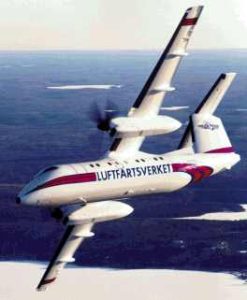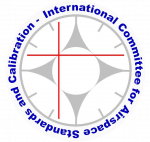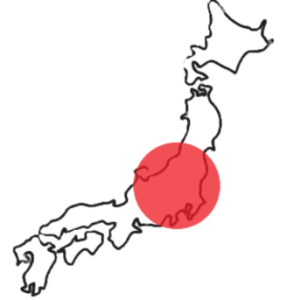Norway
Flight Inspection (FI) in Norway started right after the Second World War. The first known FI, was in 1946 using a Junker 52 to flight check a VHF Direction Finder.
the Second World War. The first known FI, was in 1946 using a Junker 52 to flight check a VHF Direction Finder.
In 1947 the Civil Aviation Administration (CAA), Luftfartsverket, was founded. More ground facilities were installed; NDB, ILS and VOR. And the service with installation, maintenance and FI was built up gradually.
The first ILS was installed at Fornebu Airport in 1950. When due for FI, help was obtained from the U.S. CAA (predecessor of FAA) which was currently set up with a FI service in UK. One of the aircraft used for FI at Fornebu, was a DC-3 with call sign N17.
In parallel to this, a Norwegian equipment was built up and tested. The first generation FI equipment was taken into use in May 1951, a portable system installed in LN-IAG owned by Det Norske Luftfartsselskap (DNL).
In 1952 DNL merged with several other Nordic companies to Scandinavian Airline System (SAS), which had a clause to support the CAA with aircraft and pilot upon request. This was organised in a way that the Flight Inspector had to travel to the specific airport bringing along his portable FI system. And stand by until it was suitable for SAS to rent one of its Convair aircraft for a limited period. Worst case it could take up to two weeks before a FI mission was completed, so this gave obviously not a good prospect for the future.
From 1966 aircraft was rented from Polaris, which made available both DC-3 and Convair. After this a Beech 90 was rented for a short period, followed by a Fokker F-27, before a long term contract to rent a Convair 340 was established with Fred. Olsen Airtransport (FOA) in 1968.
At this stage of development the fourth generation FI system was taken into use. It was given the nick name “Bloody Mary”, because you always got red ink all over your fingers from the recorder needles during operation. This equipment was later on used as a backup system throughout the 1980’s.
Approx. 1975 a deal was made with FOA to rent a HS-748, and now the staff from CAA went into a close co-operation with FOA to build up and certify an advanced analog FI system permanently installed in the aircraft.
Installation of ground facilities continued, and today there are no less than thirty complete ILS facilities, and additionally thirty Localizers which are typical collocated with DME. As a total there are now more than two hundred ground facilities that require routine inspection, spread out over a long stretched country. The most distant facility is located at Longyearbyen Airport at Spitsbergen, just north of the 68th Latitude.
The CAA has emphasised to select the best components available, and e.g. always used high precision sensors from Collins in their FI systems.
Regarding selection of reference system to determine exact aircraft position during the FI mission, all the stages have been tried out from the simplest theodolite solution to the current fully automatic positioning reference system (APRS) based upon differential GPS and inertial navigation technology.

